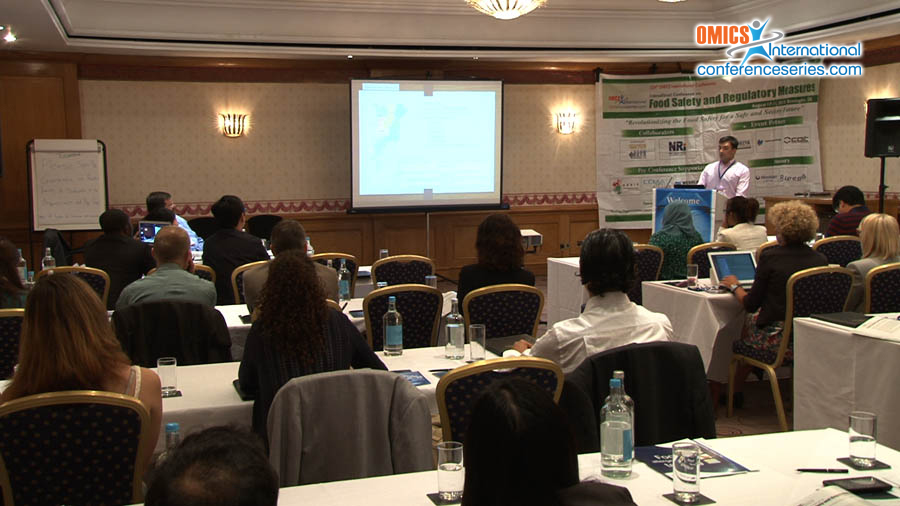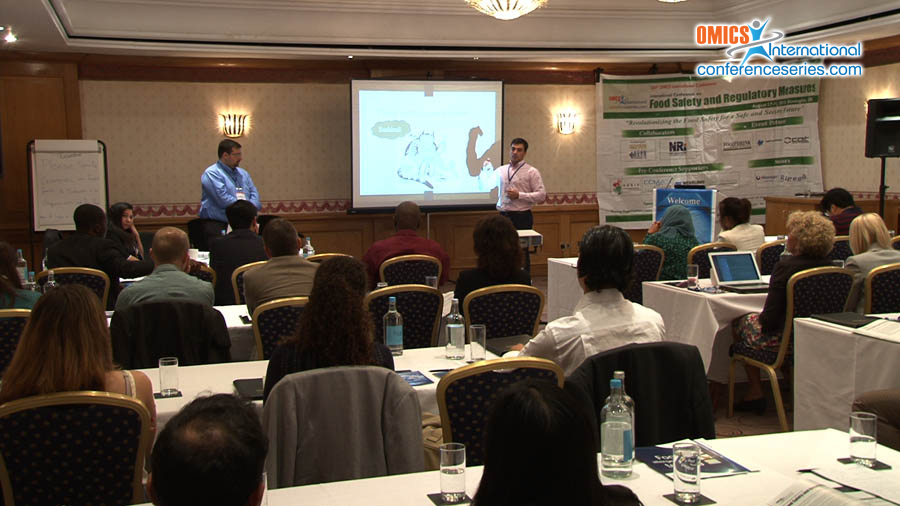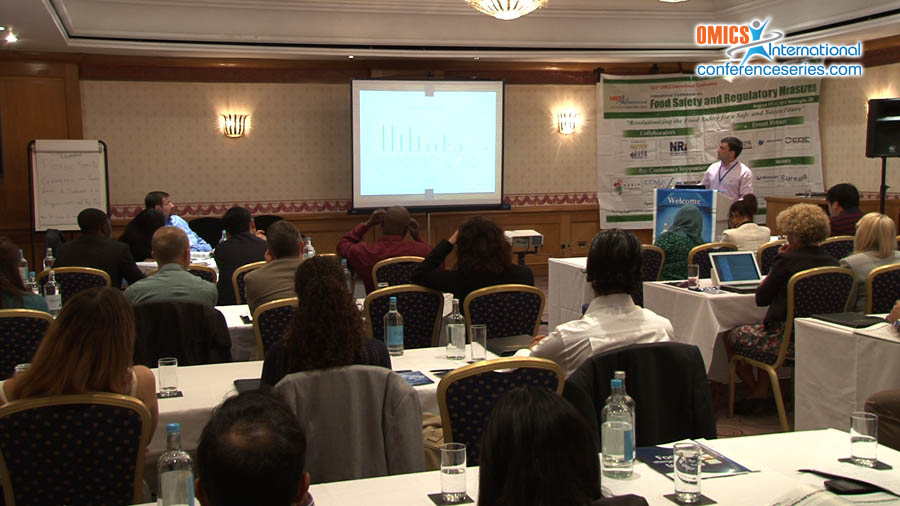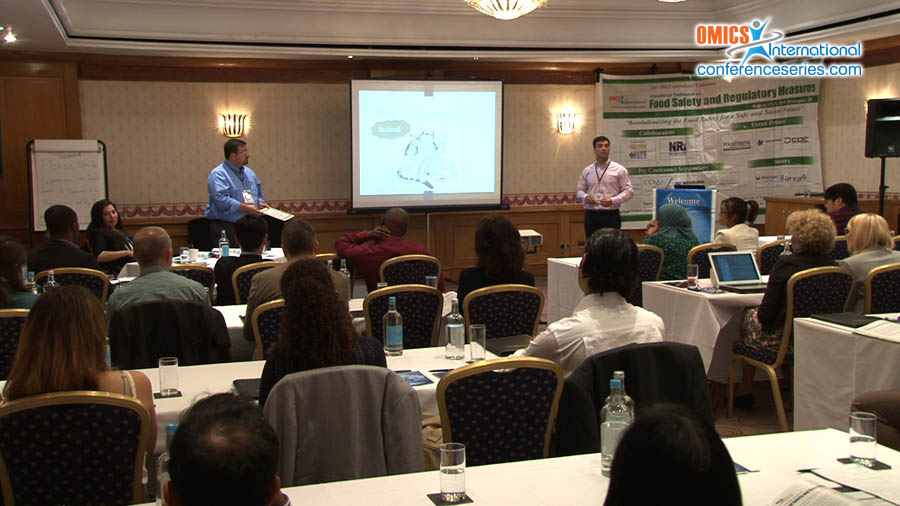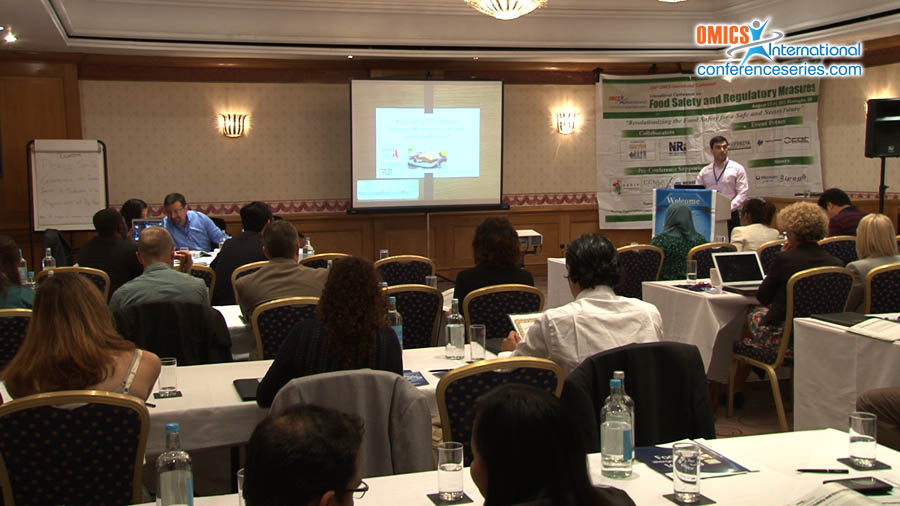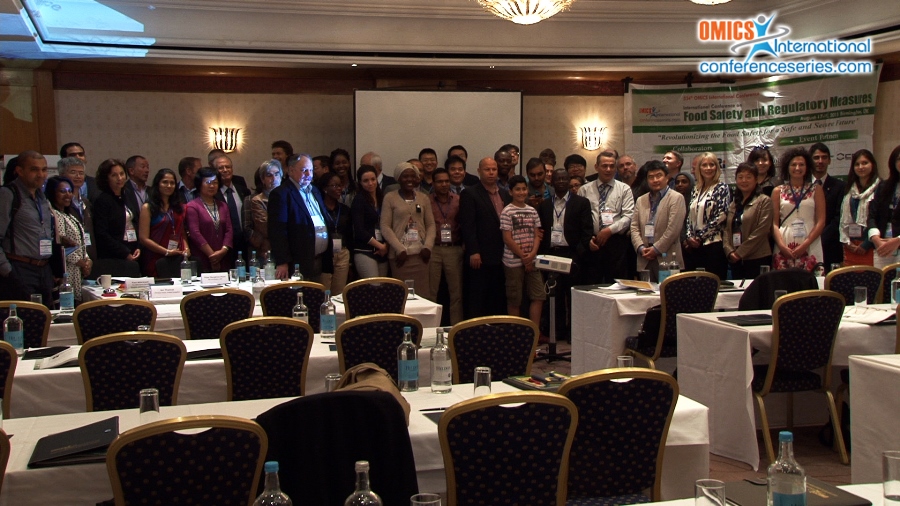
Samuel da Costa Migueis
Universidade de Trás-os-
Montes e Alto Douro
Portugal
Title: Food safety of sashimi in european restaurants – A study case from portugal
Biography
Biography: Samuel da Costa Migueis
Abstract
With a new food policy after BSE crisis, European Union published the “Hygienic Package” with the aim of promoting food safety from “Farm to fork”. To achieve this objective, food establishments in Europe must comply with strict food legislation that requires they have a food safety system implemented based on seven HACCP principles. The implementation of this system has been a hard task in Japanese traditional restaurants with raw fish specialities, like sashimi. This happens because the more frequent Critical Control Points (CCP) are on freezing and refrigeration stages. It is impossible, until now, to implement a CCP to reduce or eliminate the presence of pathogenic bacteria during or after preparation stage.
Good hygiene practices in this type of culinary specialties are determinant on final microbiota, but it’s necessary to realise if they are being sufficient to eliminate or reduce hazards at an acceptable level. In Europe, in contrast with Asian countries such as Japan, the presence of pathogenic bacteria like Vibrio parahaemolyticus is not frequent, nevertheless other pathogenic species such as Staphylococcus aureus, Bacillus cereus and Listeria monocytogenes have been found. Some microbiological European studies have also showed non-pathogenic microbiota in sashimi at high levels in some cases, which causes final depreciative quality levels. It seems we must keep on doing some research on this field to ensure a continuous improvement of food safety systems and guarantee that all people, including the risk groups, can eat sashimi safely.
Speaker Presentations
Speaker PDFs
Speaker PPTs Click Here

